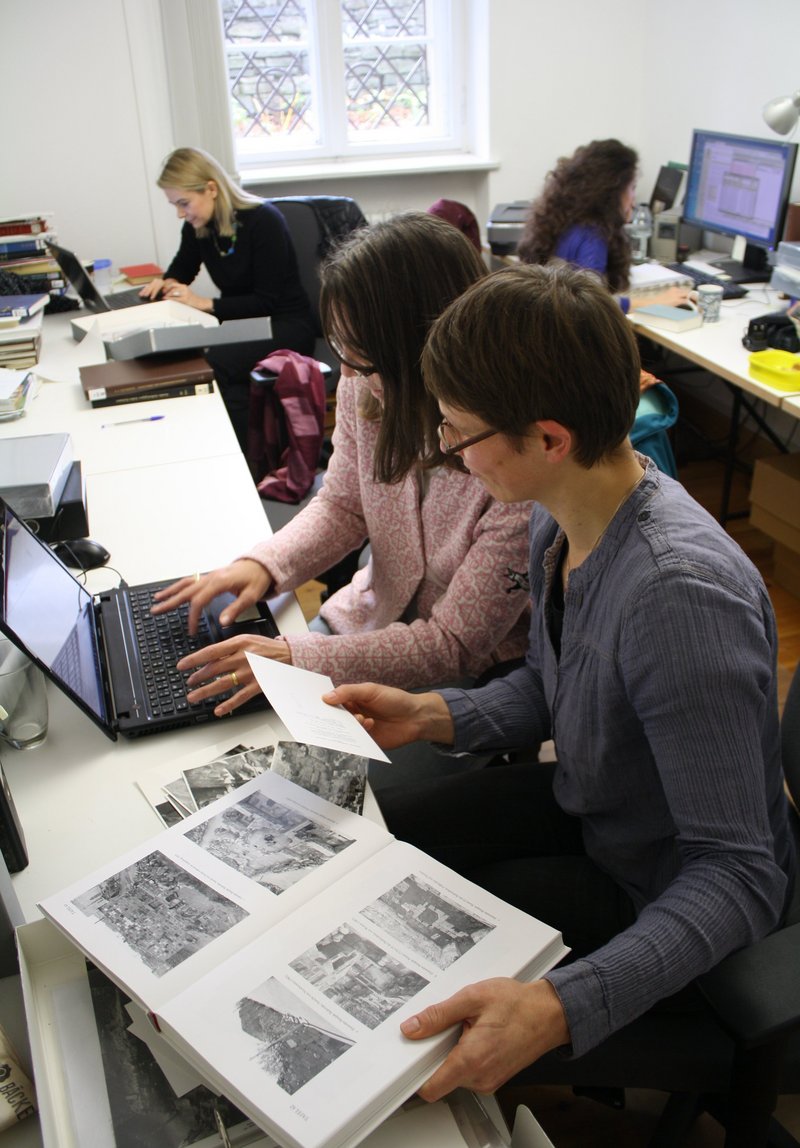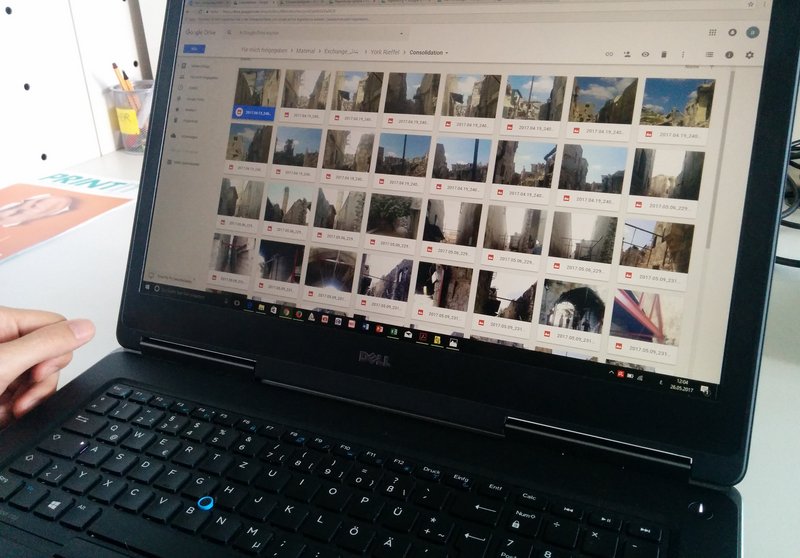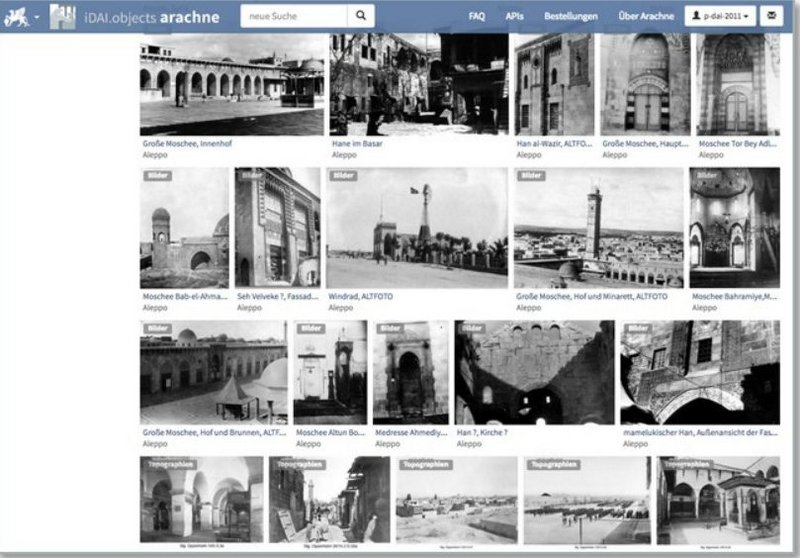Overview
The war in Syria has led to both a humanitarian catastrophe of enormous proportions and the endangerment and destruction of countless cultural assets in the country. In terms of the number and historical significance of its monuments, Syria's cultural landscape is one of the most outstanding regions in the world. As all periods from the beginning of human settlement (around one million years ago) to the Ottoman era are documented by archaeological or historical monuments, Syria has one of the most comprehensive long-term cultural archives, much of which has not yet been scientifically explored. Destruction in historic old towns such as Aleppo and Homs, as well as large-scale looting at important archaeological sites, are leading to the irretrievable loss of the country's most important historical evidence.
Thanks to many years of research projects, extensive data sets are available for many of Syria's most important archaeological and historical sites. In addition, the archives of the German Archaeological Institute (DAI) contain historical image data from the period before and during the First World War, which, still free of modern development, are often more impressive than later photographs. The data collection is also supplemented by important private research estates.
However, much of this research data is currently only available in analogue form, as large-scale digital data generation in archaeology only began towards the end of the 1990s. The complete digitisation of older data sets is therefore an essential prerequisite for future data use and its meaningful consolidation in larger database projects, as well as for the resulting evaluations of the state of cultural heritage in Syria, especially for mapping war-related damage.
The DAI and the Museum of Islamic Art in Berlin, both of which have very extensive data collections thanks to their long-term work in Syria, therefore launched the Syrian Heritage Archive Project in November 2013 and began digitising their archives. The project was generously funded as part of the cultural preservation programme of the Federal Foreign Office of the Federal Republic of Germany.
Two German-Syrian teams in Berlin sorted through, digitised, and archived the research data. The materials are being entered into the DAI's digital research environment, iDAI.world, where they are being structured and standardised. Various system components are used: iDAI.objects/Arachne, the DAI's image database, iDAI.gazetteer, the archaeological location database, and iDAI.geoserver for plans and maps. In addition, data sets for the respective sites are linked to relevant literature references (monographs and journal articles) from the library database iDAI.bibliography/Zenon. Based on this, a thematic analysis and/or application in the field of cultural preservation (e.g. damage mapping) can be carried out.
A total of around 120,000 data records have been digitised and classified. The descriptive information on the individual data records is already being condensed in some cases and can be expanded in as much detail as required, depending on the time available.
The transfer of data processed by the project is intended to contribute to the establishment of a comprehensive national heritage list in Syria and provide a basis for monitoring activities and measures for the protection of cultural property.
The programme is part of the ‘Stunde Null’ (Zero Hour) project series, which was carried out under the umbrella of the Archaeological Heritage Network and financed by the Federal Foreign Office.





